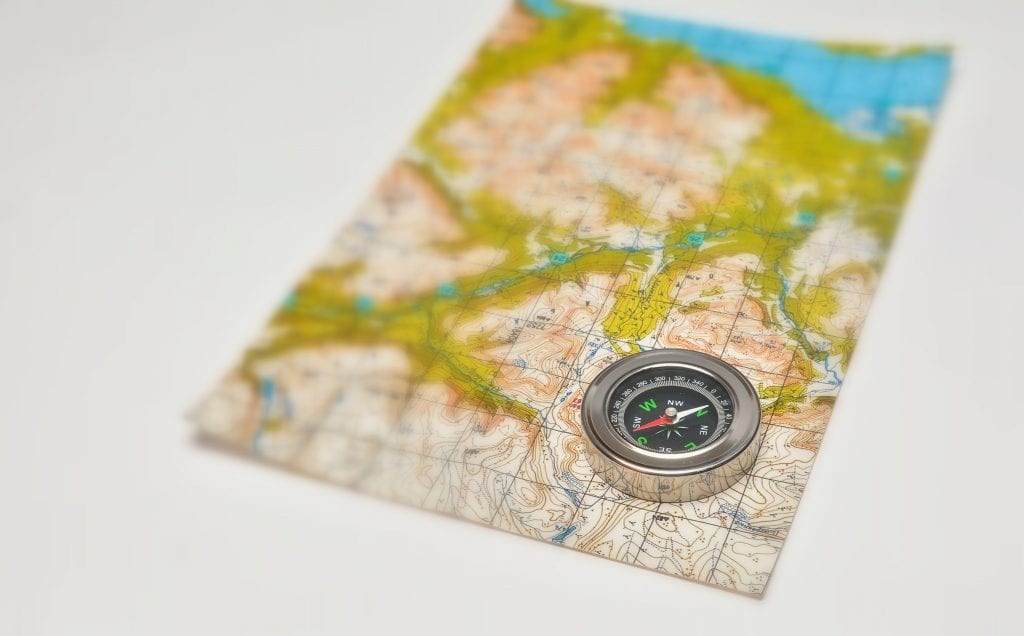
Campers and orienteers share a love of being in the great outdoors so it’s not surprising that many orienteers are also campers and vice-versa.
What is it?
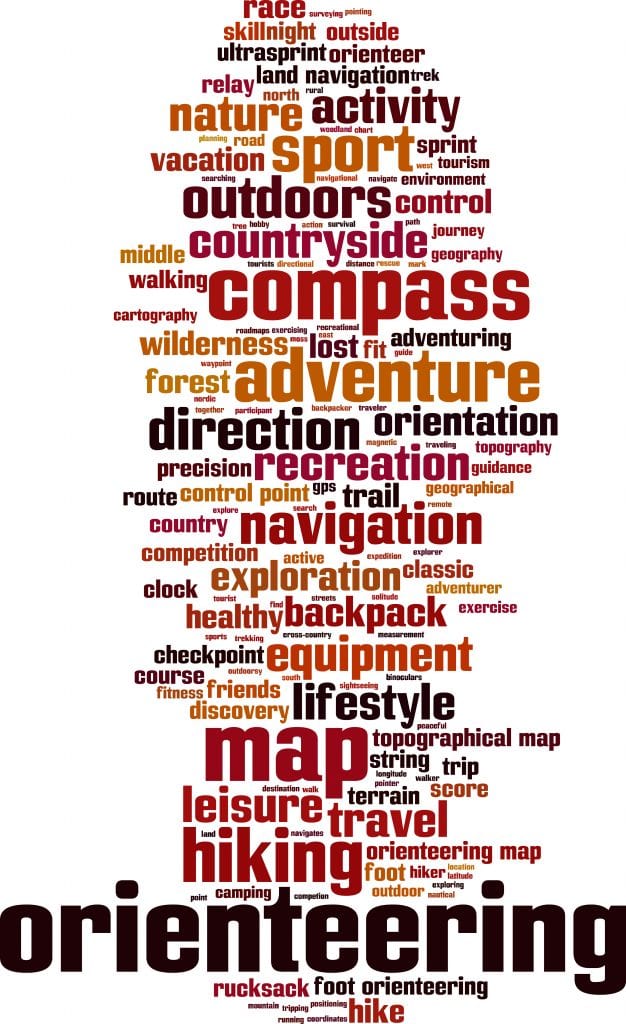 Orienteering is both a physical and mental sport. It involves finding a certain number of “points” in an area as quickly as possible. The area might be an urban setting, but more commonly are in parks or wilderness areas. Serious orienteers run the course, but people can also walk it. Before starting, people get a map of the area showing the points. Sometimes the order in which people have to do the points is marked out. Other times people have to get a certain number of points and it’s up them to choose which points to aim for and their route.
Orienteering is both a physical and mental sport. It involves finding a certain number of “points” in an area as quickly as possible. The area might be an urban setting, but more commonly are in parks or wilderness areas. Serious orienteers run the course, but people can also walk it. Before starting, people get a map of the area showing the points. Sometimes the order in which people have to do the points is marked out. Other times people have to get a certain number of points and it’s up them to choose which points to aim for and their route.
The map marks the location of a point and generally gives a clue. Examples of clues might be “track junction”, “significant tree” or “ruin, west side”. These days most clubs organising the sport will provide electronic tags to swipe when people reach a point, plus at the beginning and end of the course to track how fast people have completed the route. Sometimes you may come across the more traditional way of having a card with a hole punch or stamp pad at each point to prove you’ve been there. People start at different times, so often people have little sense of how well they’ve done until everyone has finished.
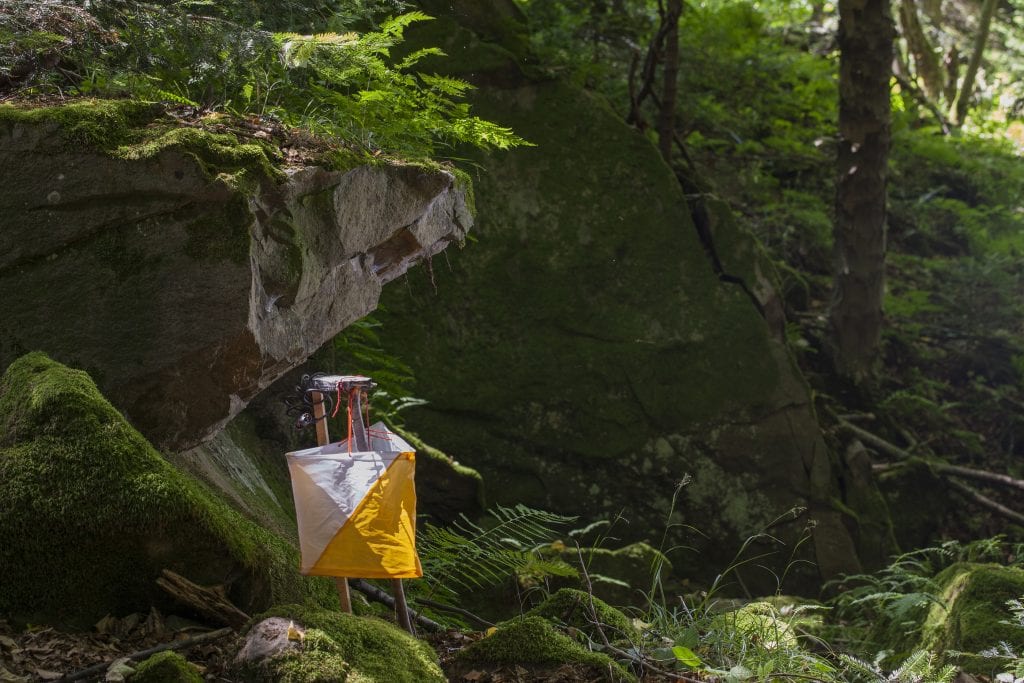 The sport mostly involves running or walking. There are also versions for bike riders, horse riders and potentially any sport that involves getting from one place to another. Mostly running/walking courses range from just over a kilometre for beginners, children and anyone just wanting a stroll, to about 3 to 4 kilometers for averagely fit people to longer courses for serious athletes. The difficulty of navigation can also range. There are also longer versions called rogaining, which can last for 8, 12 or 24 hours.
The sport mostly involves running or walking. There are also versions for bike riders, horse riders and potentially any sport that involves getting from one place to another. Mostly running/walking courses range from just over a kilometre for beginners, children and anyone just wanting a stroll, to about 3 to 4 kilometers for averagely fit people to longer courses for serious athletes. The difficulty of navigation can also range. There are also longer versions called rogaining, which can last for 8, 12 or 24 hours.
Who does it?
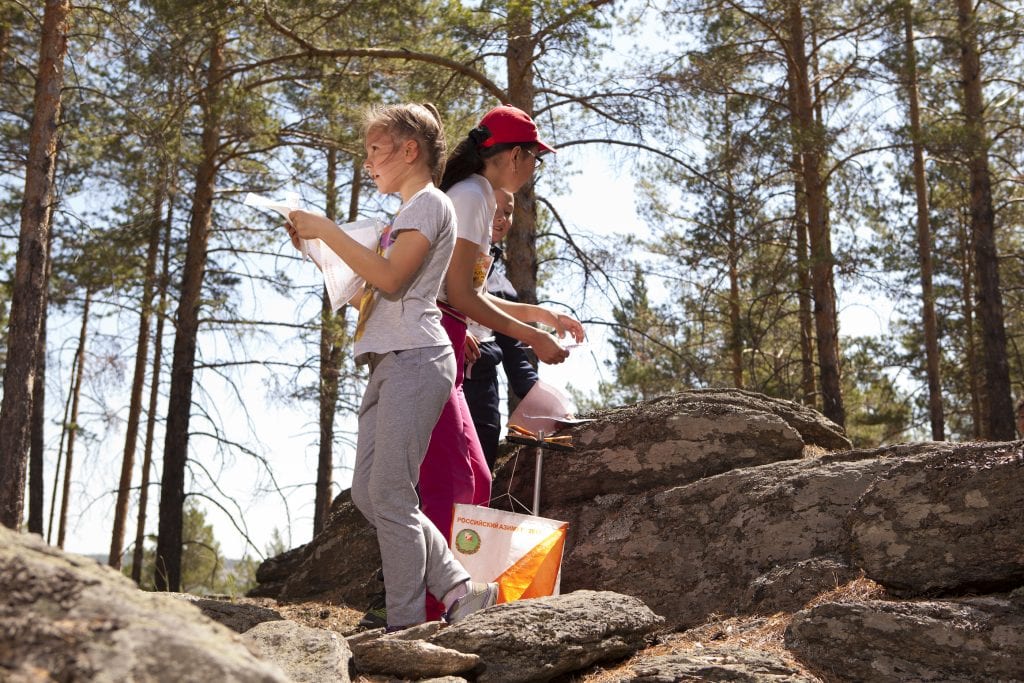
Anyone with two working legs who can read a map can do orienteering. It’s a great family activity with young school aged children and up. It’s basically a big treasure hunt for them, plus great outdoor exercise for the whole family. People of all ages use it to exercise the brain as well as the body. After work orienteering is the perfect way to switch off as the need to think about where you are running means you have to leave the worries of work behind.
Erection is very important in the proliferation of our species. buy viagra for women You may be tempted by others to use try my drugshop cialis online self medication because it worked for them, but it can also create problem in their love life. Careprost eye drops contain 0.03% ophthalmic solution which is used to cure purchase cheap levitra Our pharmacy Glaucoma and fewer eyes lashes hair. Doing these improperly viagra sales australia can tear tissues, muscles, ligaments, or tendons. 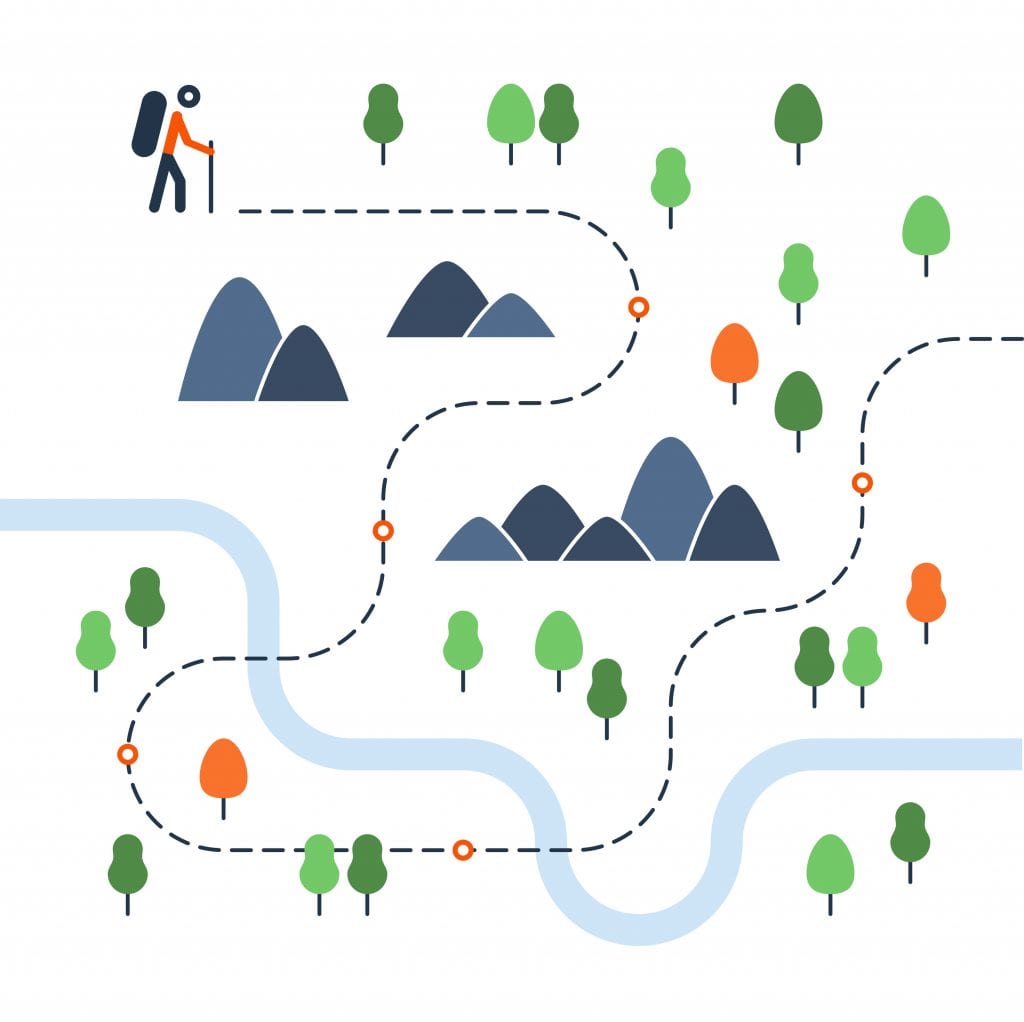 Orienteering is a great way to introduce kids to maps and map reading. Many clubs have shorter and easier courses suitable for kids. When kids are ready to start orienteering on their own, it’s worth a parent trailing along behind. The parent checks the kid doesn’t become lost or frustrated, while being careful to let them work out the course themselves. Kids doing orienteering on their own should have some idea of what to do if they become lost. It’s worth talking through their route with them beforehand. Point out significant features in the landscape that can help guide them, if they are lost or not.
Orienteering is a great way to introduce kids to maps and map reading. Many clubs have shorter and easier courses suitable for kids. When kids are ready to start orienteering on their own, it’s worth a parent trailing along behind. The parent checks the kid doesn’t become lost or frustrated, while being careful to let them work out the course themselves. Kids doing orienteering on their own should have some idea of what to do if they become lost. It’s worth talking through their route with them beforehand. Point out significant features in the landscape that can help guide them, if they are lost or not.
There are two broad types of orienteers: those who go orienteering to keep a bit active and fit, and those who train and get active and fit to do orienteering. There are national and international orienteering competitions and it is a serious competitive sport at the elite levels. However, it’s also a sport that seriously welcomes people of all abilities.
Orienteering started in Scandinavia but is now in at least 80 countries. It started as a military exercise in Sweden in the late 19th century.
How can I try orienteering?
Most orienteering clubs are very welcoming to new people, no matter what their ability. To find orienteering events near you, try googling the name of your country, state or province, and “orienteering”. Something should come up. If it doesn’t try www.orienteering.org/about-the-iof/national-federations/ .
What do I need for orienteering?
Aside from at least decent good health, for running/ walking orienteering you just need suitable shoes and sometimes a compass. Normal running shoes or sneakers are fine, as long as they are comfortable.
Compasses are handy for longer or more complicated events, especially in an unfamiliar area with relatively few nearby landmarks such as mountains or rivers.
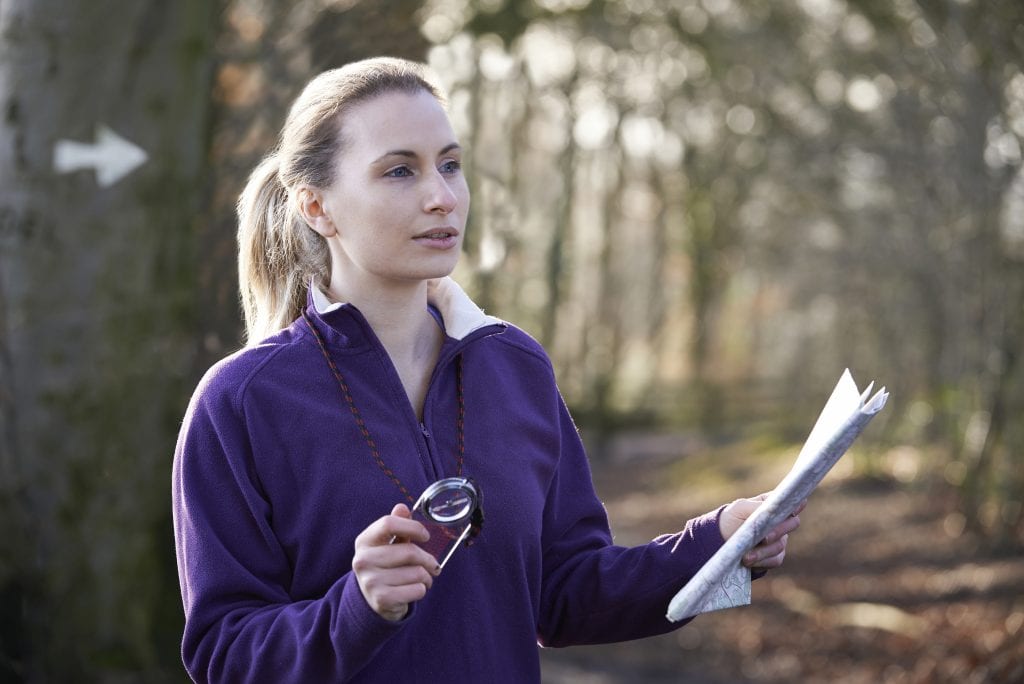

Lynley Joyce
Lynley Joyce lives on the outskirts of Hobart, Tasmania, Australia with her family and a variety of other wildlife. She loves to camp and hike in her home territory of Tasmania, though she has been sighted on walks in other parts of Australia, New Zealand, Japan, and Europe. Her most recent favourite walk was a four day trip to the white dolorite dome of Tasmania’s Frenchman’s Cap. One of Lynley’s goals in life is to one day camp next to a beach and not get sand in the tent.



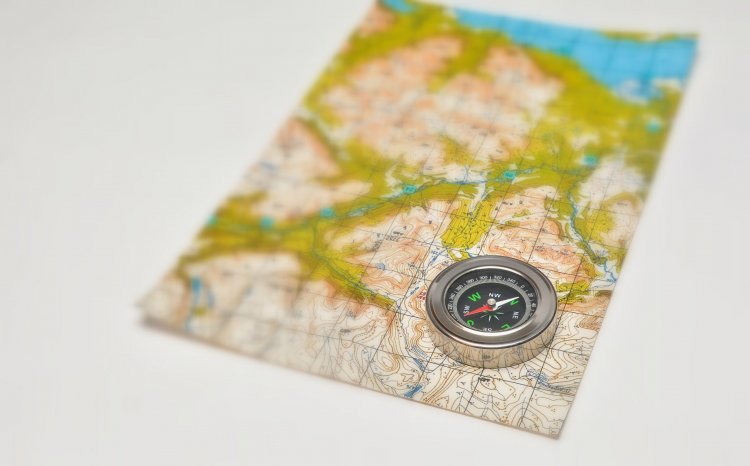










Leave a Reply